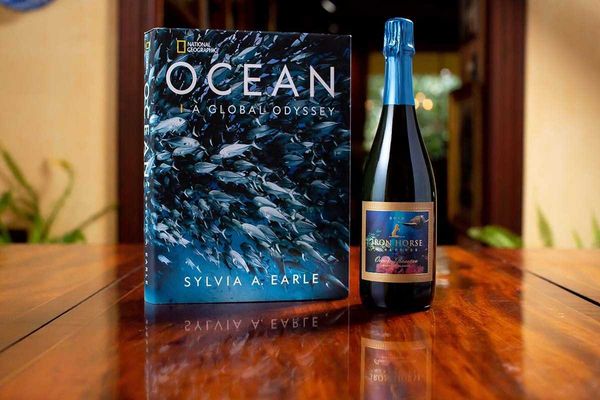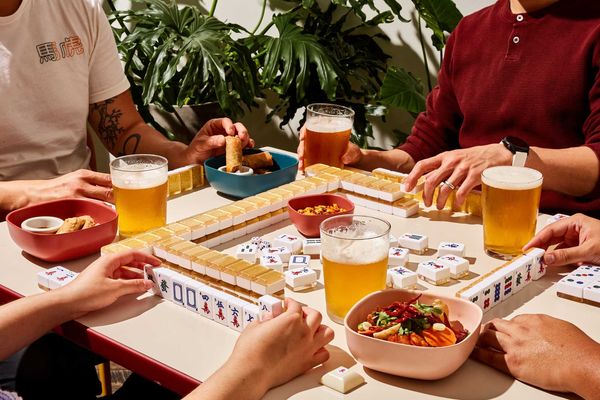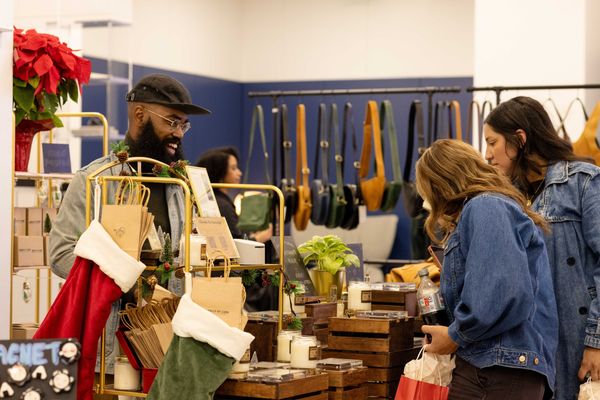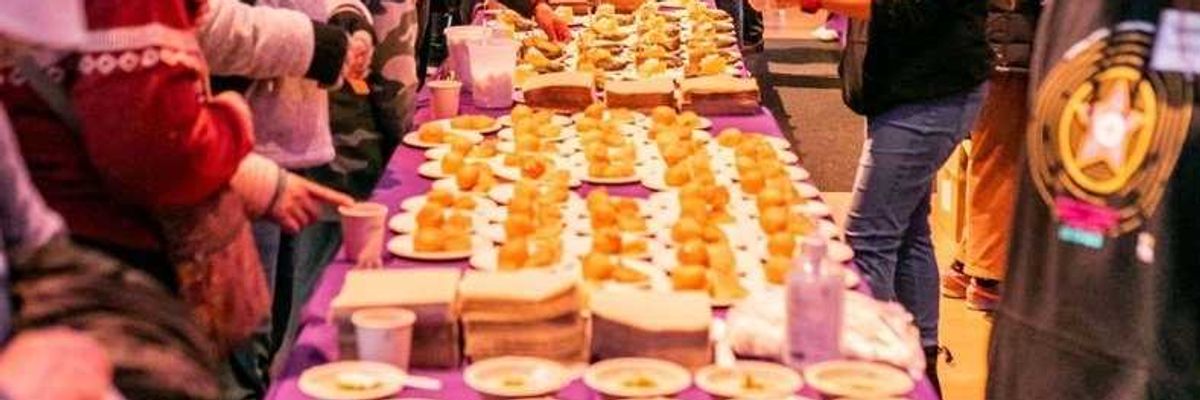Farb Nivi, founder and chief product officer of the social learning company Grockit, calls the company’s latest product, Learnist, a “multimedia collaborative interactive ebook for the future.”
Nivi has been a leading advocate of social learning since his days as a teacher for Princeton Review and Kaplan, and the principles of collaborative learning form the underpinning for Grockit’s popular college test prep service as well as for Learnist, which is available both on the web and as an iOS app.
So what exactly is Learnist? One user calls it “Wikipedia on steroids meets Facebook.”
The number one type of content on Learnist is embedded video – everything from educational videos like how to solve linear equations to “how-to” videos about gardening, cooking, and swimming.
The second most common type of content is text (articles), and the third is entire Wikipedia entries.
“What we have done here is to create a platform where anyone can remix the web,” says Nivi. “There are so many free resources on the web – more than could ever fit into any $200 textbook. We then make it super easy for people to share what they know.”
Looking back over the past decade, Nivi marvels at how quickly this huge mass of free educational and instructional content has flooded online.
“Human beings simply decided they wanted to share their knowledge with one another, for free,” he notes, citing the rise of Wikipedia and the free knowledge movement as the harbinger of what was to come.
“So now there’s a new problem,” he continues. “Too much information. Everything that there is to learn is available online. Starting about five years ago a flood of video has come online, at YouTube and elsewhere, so now there are probably some 2000 videos on how to solve linear equations.
“It all happened so quickly – from nothing to too much.”
Users who sign in to Learnist (it says “By Invitation Only” but the company says anyone who clicks will receive an invite) can create “learnboards” to curate content on pretty much any topic they choose. (Topics are called “tags” at Learnist.)
Users can also embed these boards on to their blogs, websites, or lesson plans.
Up until now, teachers have been somewhat constrained in their ability to use Learnist because there was not an option to keep their boards private.
But the company is changing that by launching a “groups” feature that will allow educators to protect the privacy of their students while using Learnist in the classroom.
So now that teachers – who Nivi says “have been beating down our doors for months” – will be integrating this new learning platform into their teaching methods, it’s intriguing to revisit the evidence of how collaborative learning works.
Here is how Nivi explains it:
“We’re data driven here. And what we’ve learned over the past five years with Grockit is that when students collaborate online and work together they all get smarter in the process. What’s amazing is this holds true on all levels. If a smart kid and a dumb kid study together they both do better. If two smart kids study together they both do better. If two dumb kids study together they both get better.
“Everyone does better on tests after studying together.
Nivi cites a recent example where a group of impoverished kids in Detroit improved their scores on the college admission test ACT so dramatically that the testing board opened an investigation into whether they had somehow cheated on the test.
When the kids explained they had been studying together with Grockit, the board quickly closed its investigation.





















